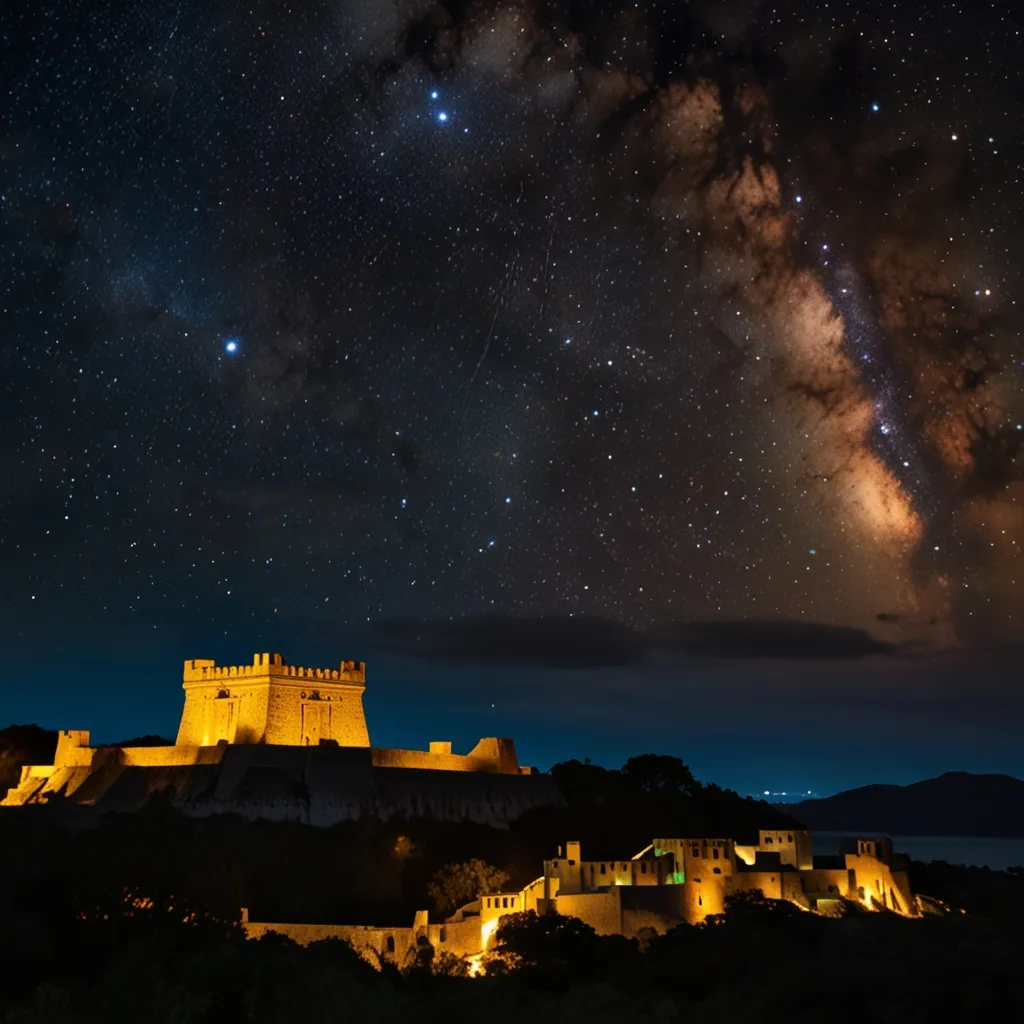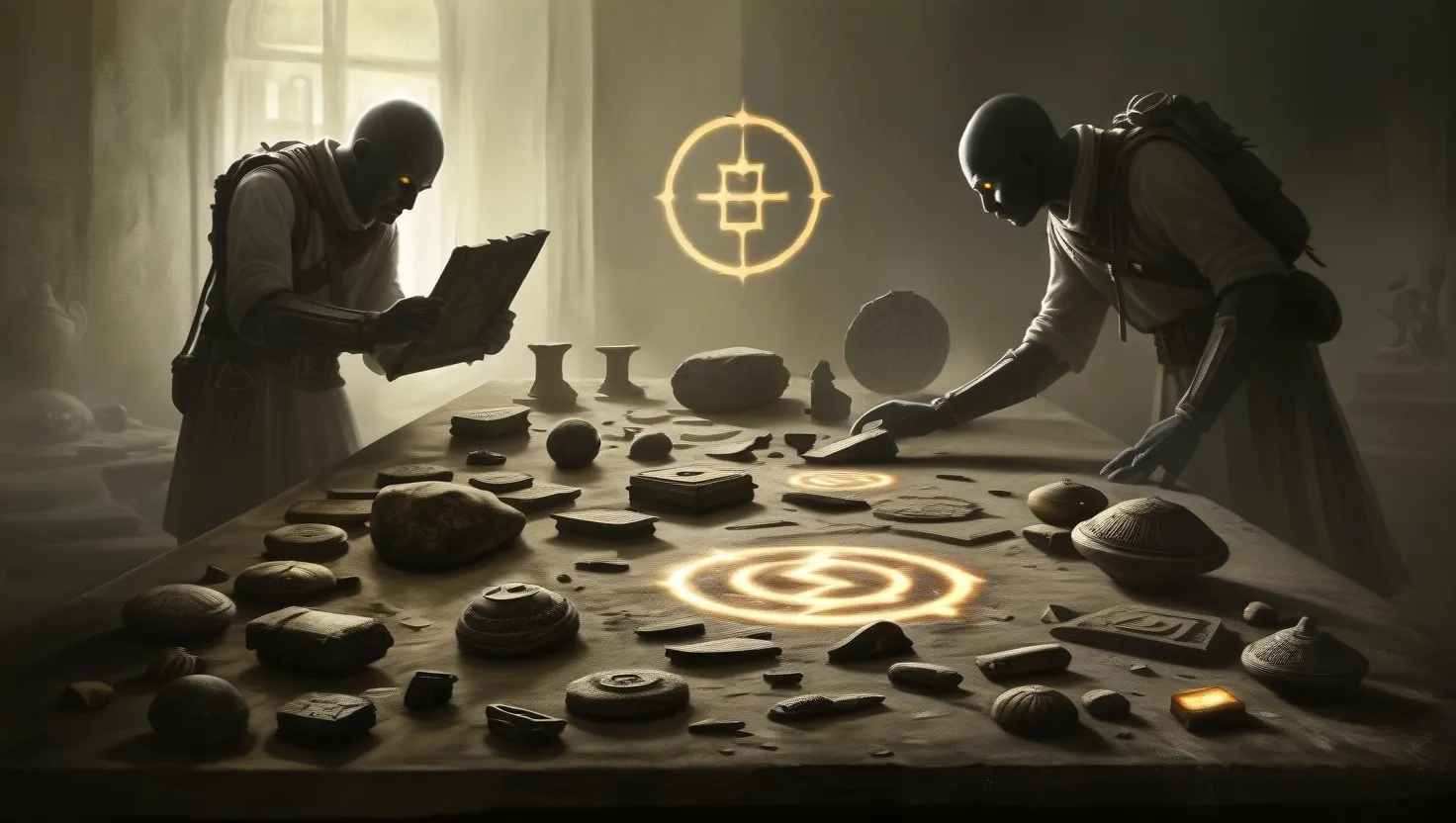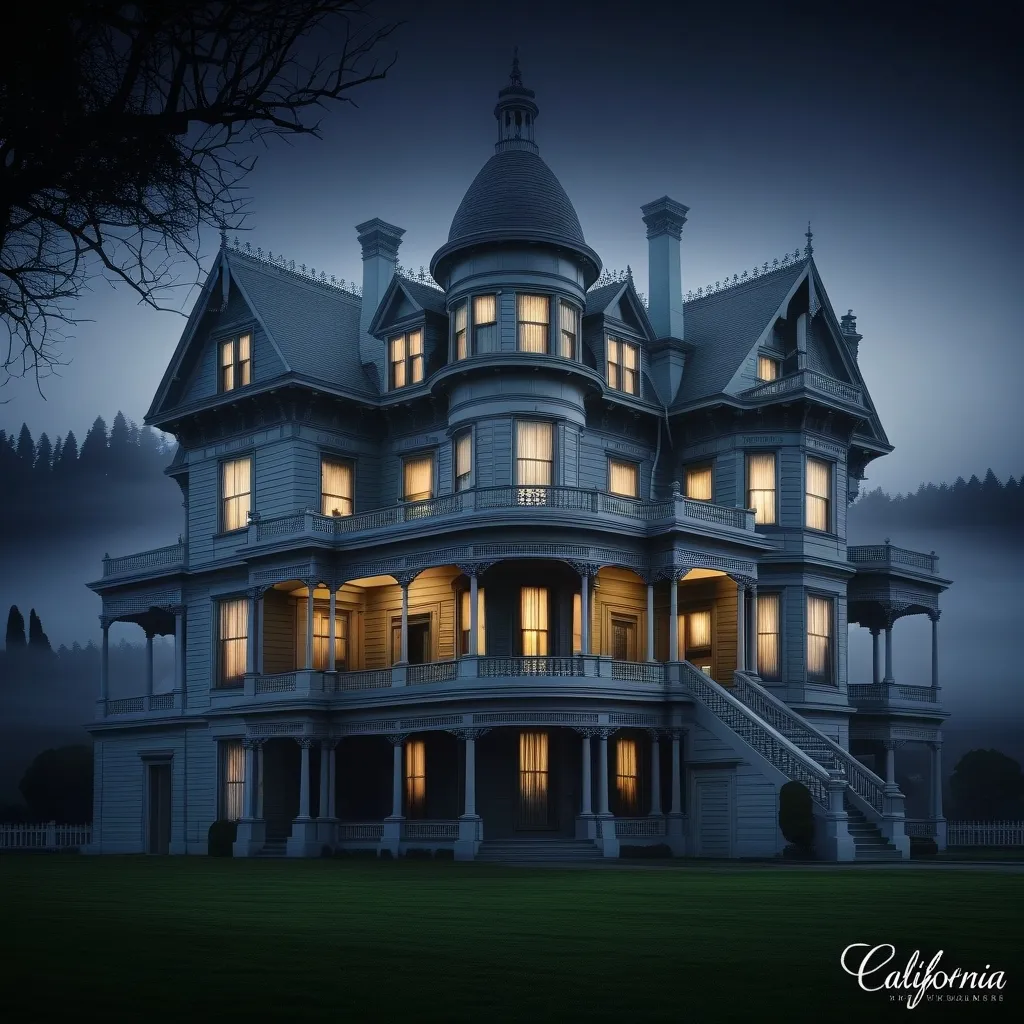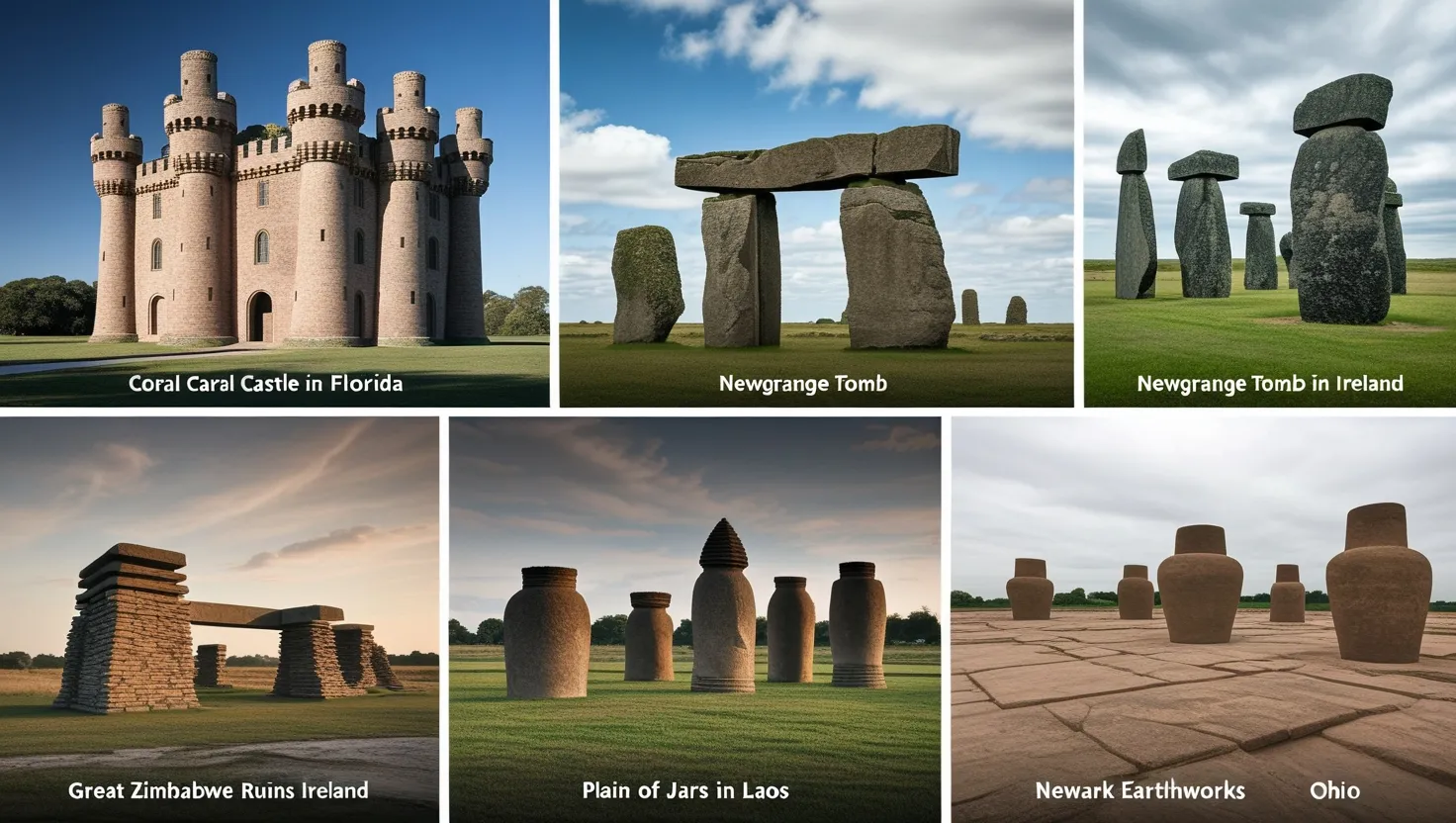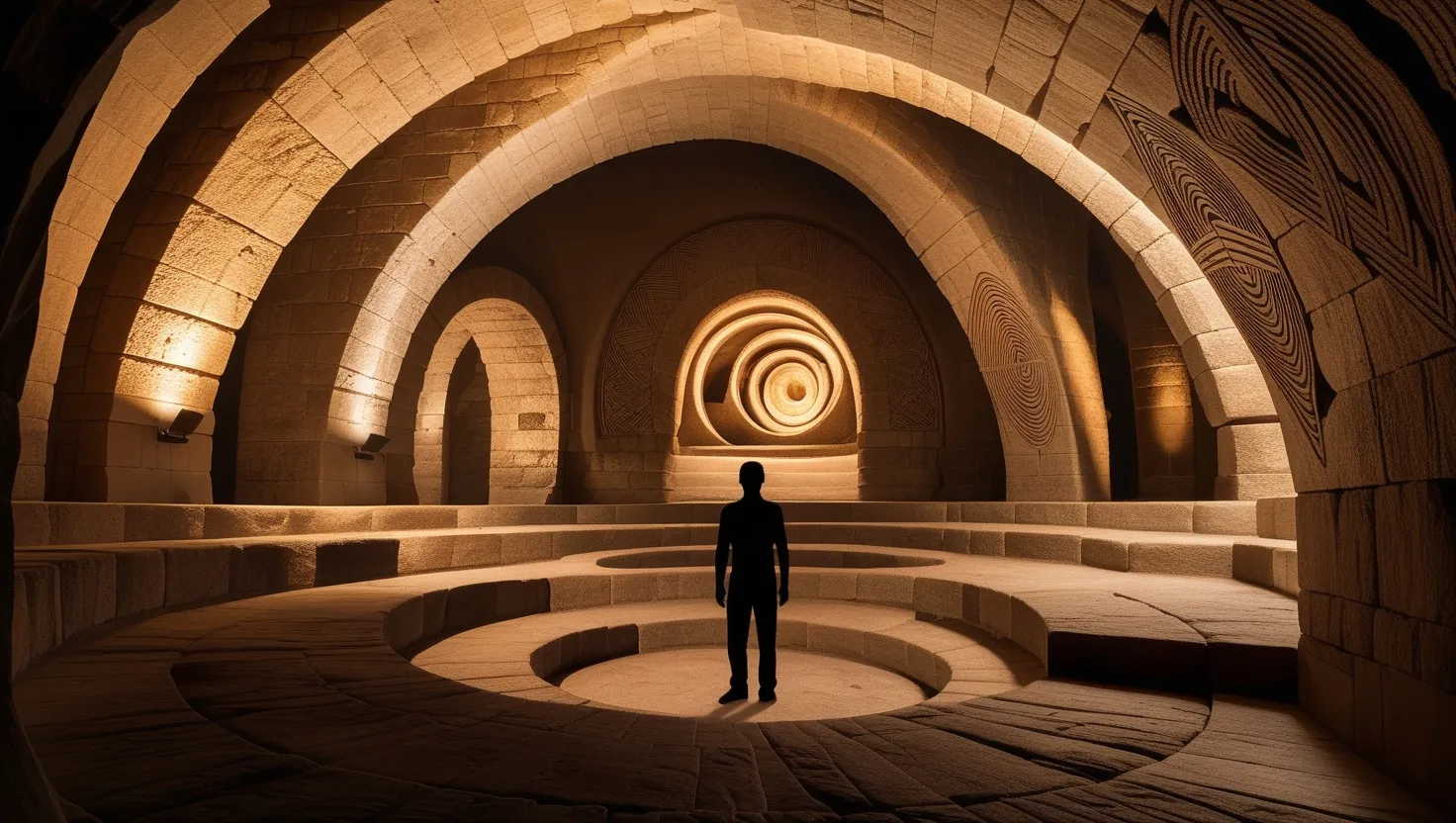In the quaint whispers and shadows of Patmos Island, Greece, nestled amidst the serene backdrop of 60 A.D., something quite extraordinary unfolded. Picture this: a mountaintop cavern, known as the Cave of the Apocalypse, becomes the echo chamber for one of history’s most enigmatic books—the Book of Revelation. Crafted by the hands of Saint John the Theologian, this manuscript became the final chapter of the Christian New Testament. The book is brimming with imagery and mystery, with its 12th chapter particularly stirring curiosity. It conjures a vision of a heavenly realm, the New Jerusalem, a city that boasts 12 gates, each representing one of the twelve tribes of Israel, elegantly ticking every direction—north, south, east, and west.
What makes this celestial city an intriguing enigma is its connection to the divine number 12. More than just a symbol, it represents a multi-layered web of meanings and theories. Some say it hints at something much grander than earthly Jerusalem, considering how extensively the number reverberates through the book. There are multiples of 12 everywhere, like a divine code waiting to be cracked. Now, while many interpret Revelation as symbolic, there’s a twist that stirs quite the debate amongst those intrigued by the possibilities of otherworldly encounters.
The text suggests this city descends from the sky, weaving speculation around it possibly being a mothership, or at the very least, a city descending from such a craft. Imagine for a moment: was John the Theologian not just envisioning a metaphorical New Jerusalem but witnessing an extraterrestrial spectacle? Did he encounter a magnificent spaceship, inspiring his profound revelations and etching the cosmic significance of the number 12 into human consciousness?
In fact, angels are mentioned 12 times within the Book of Revelation. Often, these celestial beings are sharing glimpses of the future, predicting imminent events, cocooned within the traditions of Jewish, Christian, and Islamic theology concerning the world to come. This prompts yet another question: could the prophecy of the Revelation not be foretelling a physical apocalypse but rather heralding a new age? Might it be that humanity was set on a pathway shaped by these celestial discussions, leading to what’s now known as the New Jerusalem?
Ancient theorists couldn’t agree more. They mesh these beliefs with parallel traditions found worldwide, positing that the time of revelation isn’t tucked away in some distant timeline but is unfolding right before our eyes.
Fast forward to December 21, 2012, in the picturesque Petén Basin of Guatemala. The scene is set at Tikal, one of the largest archaeological remnants of the formidable Maya civilization. For over two millennia, the Maya thrived in Central America, revered for their astounding mastery of timekeeping, mapped against the ballet of celestial bodies. On this very day, throngs gathered, clutching anticipation thick as fog at the end of the famous Mayan Long Count calendar. It was expected to signal a cataclysm or perhaps even usher in the world’s end.
However, rather than an abrupt apocalypse, the vibe was that of a reset, akin to turning an odometer, not to signify termination, but transformation. The date marked the end of an era and the birth of a new epoch. This transition resonates with the Maya’s understanding and is intriguingly tied to a span of 144,000 days, a number—surprise, surprise—that also nods to the divine 12.
Could it be that the culmination of the Mayan calendar wasn’t pointing to doom but a pivotal turning point for mankind? Those who champion the ancient civilization theory are quick to nod. They draw a line connecting everything from the puzzle of the number 12 to the unmistakable events on 12/21/2012.
As the world held its collective breath for a predicted cataclysm on that chilly December day, history swerved into another course instead. 2012 wasn’t the apocalypse many dreaded; it was a moment of metamorphosis.
Peering back into these pages of time, these myths, and prophecies interwoven into the tapestry of human understanding, one can’t help but wonder: Are we truly deciphering the echoes of cosmic messages, or merely grasping at our own grand interpretations of history, woven endlessly with the thrum of 12?
Either way, whether viewed through spiritual or speculative lenses, both the New Jerusalem and the Mayan calendar act as mirrors reflecting our eternal quest to decode existence. These profound questions inspire us, urging exploration beyond the confines of our conventional narratives—encouraging a gaze upwards, into the unknown with hope, wonder, and the undying quest for truth. And maybe, just maybe, that’s precisely the point.
